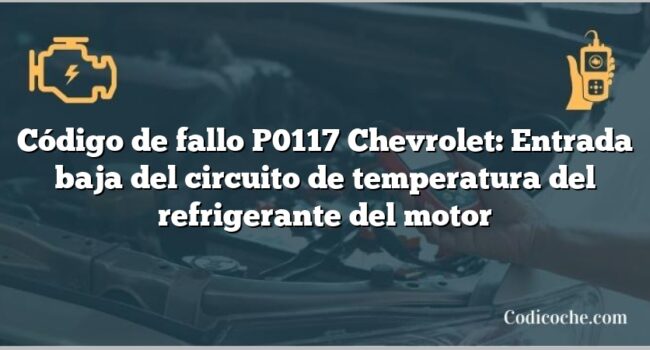
When your Chevrolet's ABS warning light illuminates, accompanied by a Fault Code C12F3, it indicates an issue with the ECU Hardware Performance, specifically related to the ABS Left Isolation Solenoid Valve Performance.
This can lead to reduced vehicle safety and increased risk of accidents. You may experience unusual braking or handling, and the ABS system may malfunction or fail to engage.
To fix the issue, review possible causes, inspect the wiring harness and connectors, and check for damaged components.
From here, you'll want to dig deeper into the underlying causes and solutions to get your Chevrolet back to peak performance.
- Key Takeaways
- Symptoms of the C12F3 Chevrolet Code in Chevrolet Vehicles
- Common Causes of the C12F3 Chevrolet Code: A Diagnostic Overview
- How to Diagnose the C12F3 Chevrolet Code: Step-by-Step Procedure
- Effective Solutions: Repairing the C12F3 Chevrolet Code
- Cost Analysis and Essencial Tools for Resolving the C12F3 Chevrolet Code
- Preventive Measures to Avoid the C12F3 Chevrolet Code in the Future
- Chevrolet Models Most Affected by the C12F3 Chevrolet Code
- Related Fault Codes to C12F3 Chevrolet Code
- Frequently Asked Questions
- Conclusion
Key Takeaways
- Fault Code C12F3 on Chevrolet models indicates a problem with the Anti-Lock Brake System (ABS) and Electronic Brake Control Module (EBCM).
- The code may be triggered by faulty EBCM, open/shorted control module harness, poor electrical connection, or safety recalls.
- Symptoms include ABS warning light, Service Engine Soon light, unusual vehicle behavior, and potential safety risks.
- Diagnosing C12F3 code requires reviewing possible causes, visually inspecting wiring harness and connectors, and consulting factory service manuals.
- Effective solutions involve identifying and addressing the root cause, checking for damaged components, and seeking professional repair if needed.
Symptoms of the C12F3 Chevrolet Code in Chevrolet Vehicles
When your Chevrolet vehicle throws the C12F3 code, you may notice the Anti-Lock Brake System (ABS) Warning Light illuminating on your dashboard, indicating a problem with the ABS system. This code is related to the Electronic Brake Control Module (EBCM) and can affect your vehicle's Brake System performance.
The symptoms of the C12F3 code may include:
The ABS Warning Light turns on, indicating a problem with the Anti-Lock Brake System.
The Service Engine Soon Warning Light may also illuminate, suggesting a broader issue with your vehicle's systems.
You may notice unusual behavior or performance issues with your vehicle, such as abnormal braking or handling.
The ABS system may malfunction or fail to engage, potentially leading to reduced vehicle safety and increased risk of accidents.
It's essential to address this issue promptly to guarantee your safety on the road.
Common Causes of the C12F3 Chevrolet Code: A Diagnostic Overview
You've already experienced the symptoms of the C12F3 Chevrolet code, including the illuminated ABS Warning Light, and now it's time to explore the common causes behind this issue.
A faulty Electronic Brake Control Module (EBCM) could be the source of the issue.
An open or shorted Control Module harness could also be causing the problem.
A poor electrical connection in the EBCM circuit might be another reason.
Other possible causes, such as safety recalls, should also be looked into.
How to Diagnose the C12F3 Chevrolet Code: Step-by-Step Procedure
To diagnose the C12F3 Chevrolet code, start by reviewing the possible causes and visually examining the corresponding wiring harness and connectors for signs of damage or corrosion. This will give you a better understanding of the issue and help you identify any potential problems.
Check the wiring harness and connectors for signs of damage or corrosion.
Inspect the connector pins for signs of being broken, bent, pushed out, or corroded.
Consult factory service manuals for more information on the code and its relation to ECU Hardware Performance ABS Left Isolation Solenoid Valve Performance.
Perform a diagnostic system check on your vehicle prior to using the diagnostic procedure.
Effective Solutions: Repairing the C12F3 Chevrolet Code
By addressing the root cause of the issue, you can effectively repair the C12F3 Chevrolet code and get your vehicle's anti-lock brake system functioning properly again.
- Review possible causes and visually examine the corresponding wiring harness and connectors.
- Check for damaged components and inspect connector pins for signs of damage.
- Search for C12F3 Chevrolet questions and answers, and consult factory service manuals for more information.
- Consider seeking professional diagnosis and repair if needed.
Cost Analysis and Essencial Tools for Resolving the C12F3 Chevrolet Code
Now that you've addressed the root cause of the C12F3 Chevrolet code, it's time to weigh the cost of diagnosis and repair, as well as the necessary tools to get the job done efficiently.
To resolve the issue, you'll need a professional diagnosis to identify the faulty component, which may take around 1 hour of labor at $75-$150 per hour.
You'll also need access to Factory Service Manuals for detailed repair information.
Basic tools like a multimeter and wiring diagrams will be necessary to inspect the Electrical Connection and Wiring Harness.
A scan tool will be required to clear the OBDII code and reset the Brake Control Module (EBCM) after repair.
Preventive Measures to Avoid the C12F3 Chevrolet Code in the Future
You can substantially reduce the likelihood of encountering the C12F3 Chevrolet code again by adopting a proactive maintenance approach and addressing potential issues before they trigger the fault.
By taking preventive measures, you can avoid the hassle and cost of repairs.
Regularly check and maintain the brake fluid level and condition to prevent the C12F3 code from occurring.
Certify proper brake bleeding procedures are followed to remove air from the system.
Inspect the brake system components and wiring harness for signs of damage or corrosion.
Follow the recommended brake pad replacement schedule and use high-quality brake pads.
Chevrolet Models Most Affected by the C12F3 Chevrolet Code
Specific Chevrolet models, including the Silverado and GMC Sierra Hybrid trucks, are more prone to experiencing the C12F3 code, particularly in the 2009 models. According to revised corporate bulletin Number 08-05-25-006, these trucks are among the most affected by this issue.
The 2009 Chevrolet Silverado and GMC Sierra Hybrid trucks are specifically mentioned in the bulletin as being prone to this issue.
The C12F3 code is often accompanied by other trouble codes, including C056D, C12F4, and C12F6.
The code is commonly triggered by an internal malfunction of the Electronic Brake Control Module (EBCM).
The C12F3 code can cause the Anti-Lock Brake System (ABS) warning light to illuminate, as well as other warning lights or indicators.
If you own one of these models, it's crucial to be aware of this potential issue and take prompt action if you notice any warning lights or unusual vehicle behavior.
If your Chevrolet is throwing the C12F3 code, it's vital to check for related fault codes that may be contributing to the issue or triggered by the same underlying problem.
You may find other codes that point to issues with the Brake Control Module, Electrical Connection, or Wiring Harness, which can affect the Anti-Lock Brake System (ABS) and trigger the ABS Warning Light.
C1201: EBCM Internal Malfunction
C1221: ABS Left Isolation Solenoid Valve Performance
C1241: EBCM Hardware Performance
U0121: Lost Communication with Anti-Lock Brake System (ABS) Module
These codes can help you identify the root cause of the issue and guide your repair strategy.
Remember to consult your Factory Service Manuals or a professional mechanic for assistance with diagnosis and repair.
Frequently Asked Questions
Can a Faulty Brake Sensor Cause the C12F3 Chevrolet Code?
A faulty brake sensor can cause the C12F3 code. This can be due to sensor failure, corrosion issues, or wiring harness problems.
Additionally, other potential causes include faulty sensor calibration, sensor misalignment, uneven brake wear, brake fluid contamination, sensor connector damage, or issues with brake pad wear sensors.
Sensor signal interference may also contribute to the code. It's essential to investigate these potential causes to determine the root of the problem.
Will the C12F3 Code Trigger a Check Engine Light?
The C12F3 code won't trigger a check engine light. It's related to the Anti-Lock Brake System (ABS) and will instead illuminate the ABS warning light on your dashboard.
This code indicates an issue that needs to be addressed promptly, as it can affect vehicle safety and performance.
Ignoring it may lead to further problems down the road.
Consult a mechanic for proper diagnosis and repair options to resolve the issue and ensure your vehicle is running safely and efficiently.
Is It Safe to Drive With the C12F3 Code Illuminated?
It's not recommended to drive with the C12F3 code illuminated. Ignoring this code can lead to driving risks, compromising road safety, and affecting vehicle reliability.
Warning signs like the ABS light or engine light indicate potential hidden dangers. Delayed maintenance can escalate into hazardous conditions, putting you and others at risk.
Prioritize safety inspections to guarantee your vehicle's performance doesn't deteriorate further.
Can I Clear the C12F3 Code With a Scan Tool?
Clearing the C12F3 code with a scan tool is possible, but you need to be aware of potential limitations and compatibility issues.
The tool must be updated and calibrated correctly to avoid ECU communication errors and diagnostic protocol failures.
Verify your scan tool's compatibility with your vehicle's make and model before attempting to clear the code.
Also, consider the possibility of vehicle reflash options and code overwrite before proceeding.
If you're unsure about the process or encounter issues, consult your scan tool's user manual or contact the manufacturer's support for guidance.
Are There Any Software Updates for the EBCM to Fix the Code?
The EBCM may need an ECU recalibration, software patches, or firmware updates to rectify the problem.
Module reflashing, electronic refresh, or hardware reinitialization might be required.
Consult your repair manual or a professional mechanic to determine the best course of action for your specific situation.
Conclusion
You've successfully diagnosed the Fault Code C12F3 in your Chevrolet. This code indicates a problem with the ECU hardware performance related to the ABS Left Isolation Solenoid Valve.
To address this issue, it's essential to identify and fix the root cause. This may require professional assistance if you're not familiar with the diagnostic process.
By resolving the problem, you'll restore your car's Electronic Brake Control Module to proper function, ensuring a safe and reliable vehicle.
Si quieres conocer otros artículos parecidos a Fault Code C12F3 Chevrolet: ECU Hardware Performance ABS Left Isolation Solenoid Valve Performance puedes visitar la categoría Chevrolet.
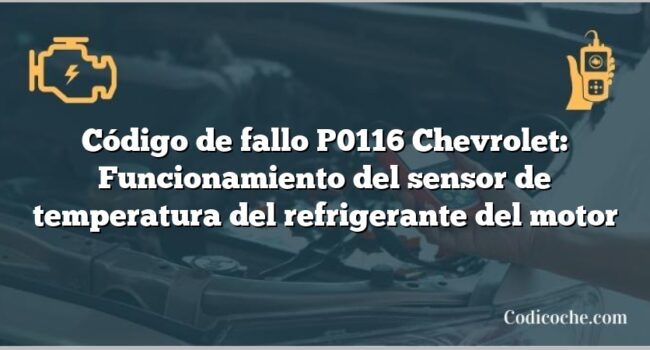
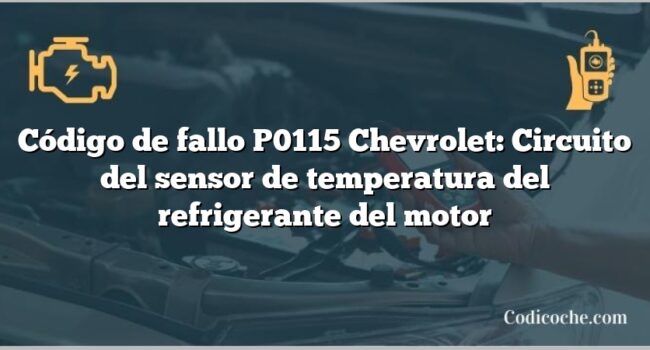
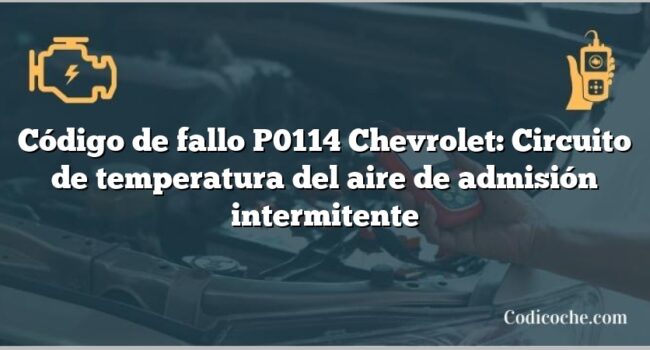
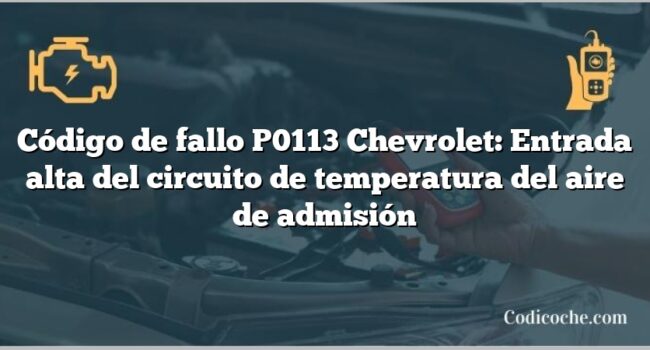
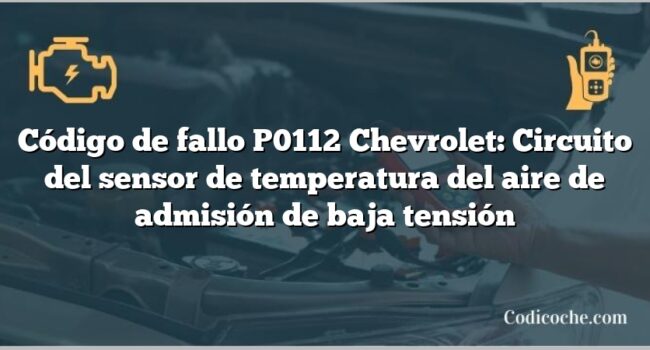
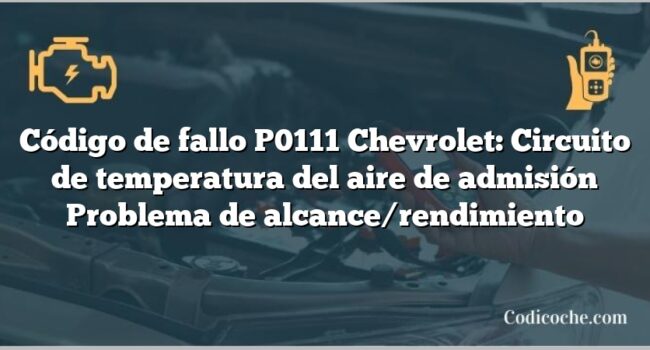
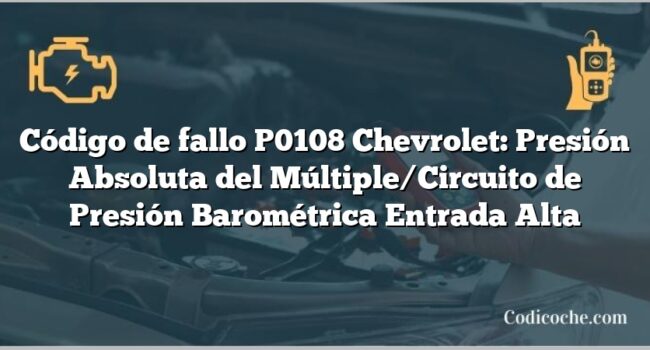
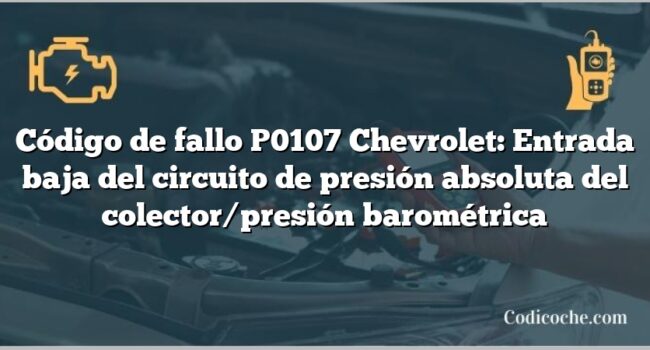

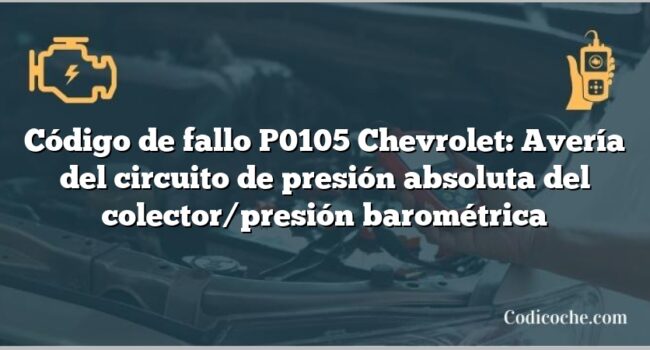
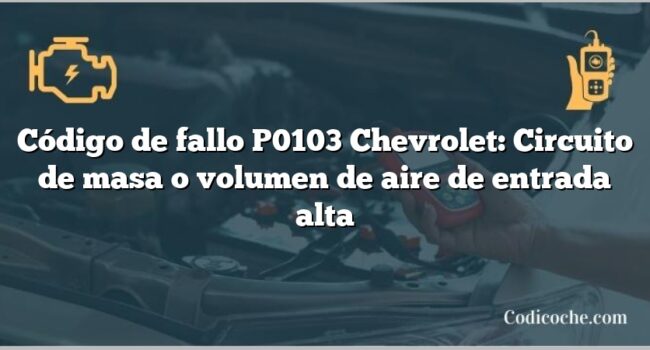
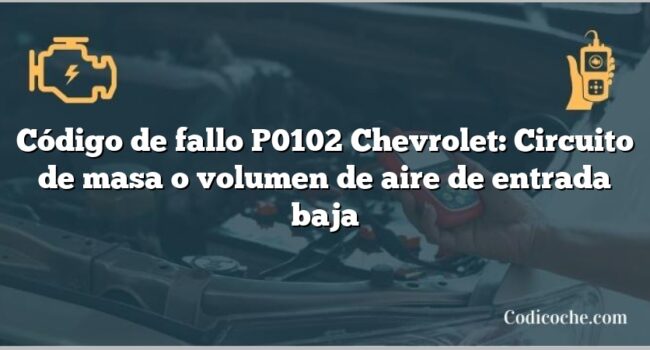
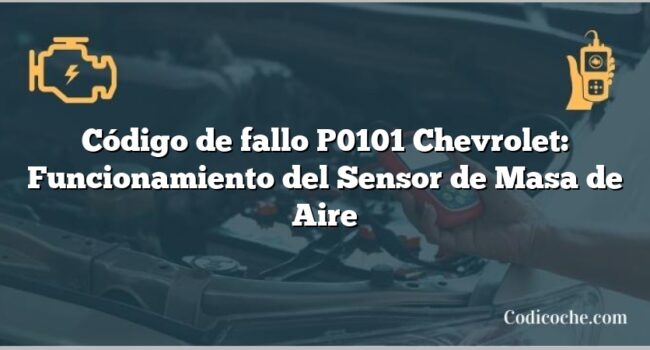
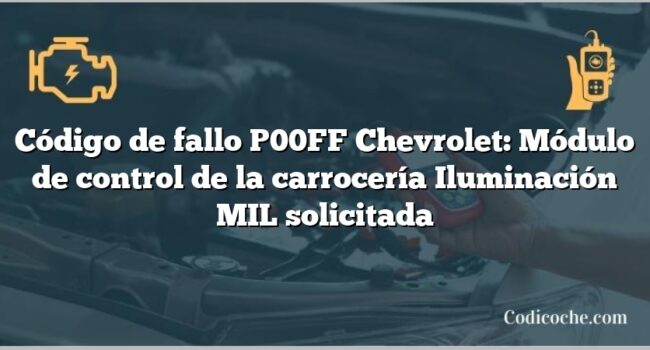
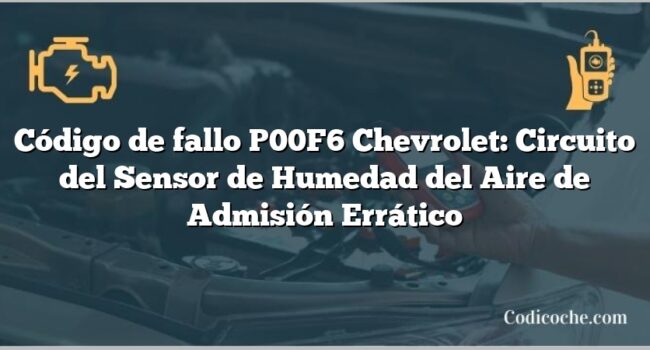
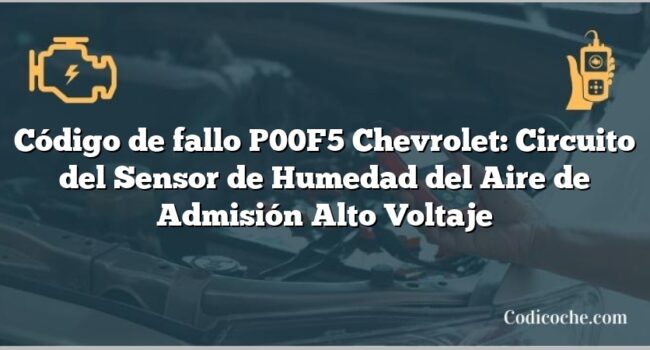
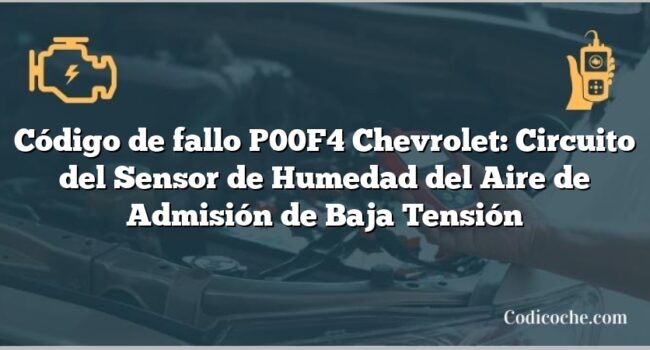
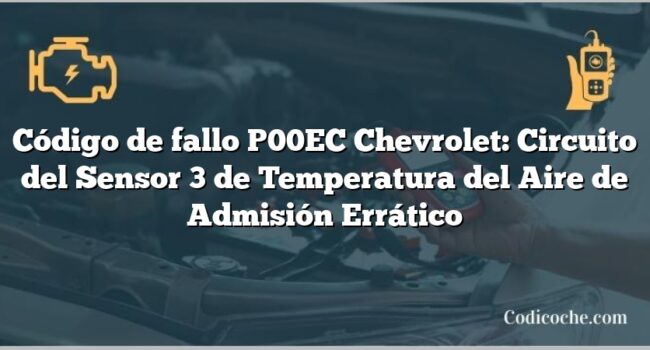
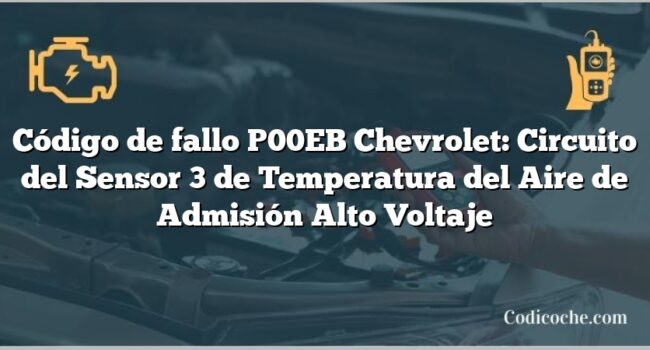
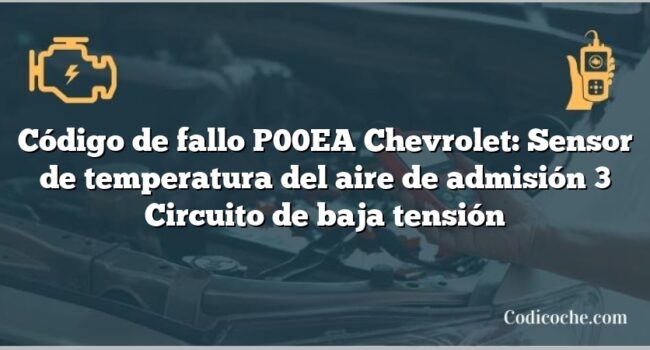
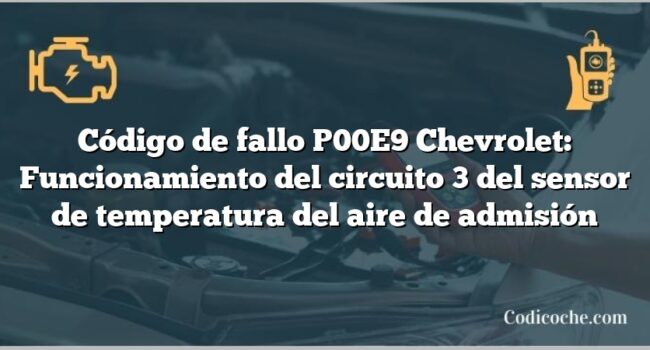
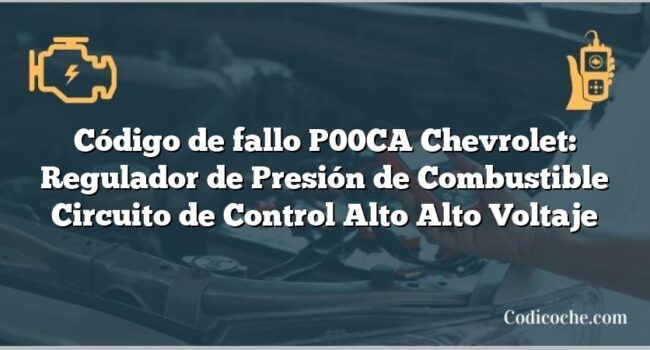
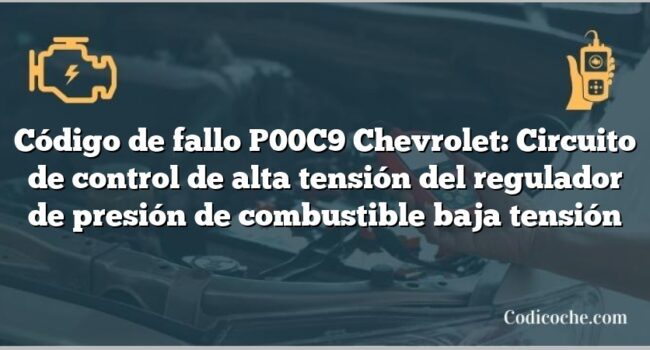
También te puede interesar: